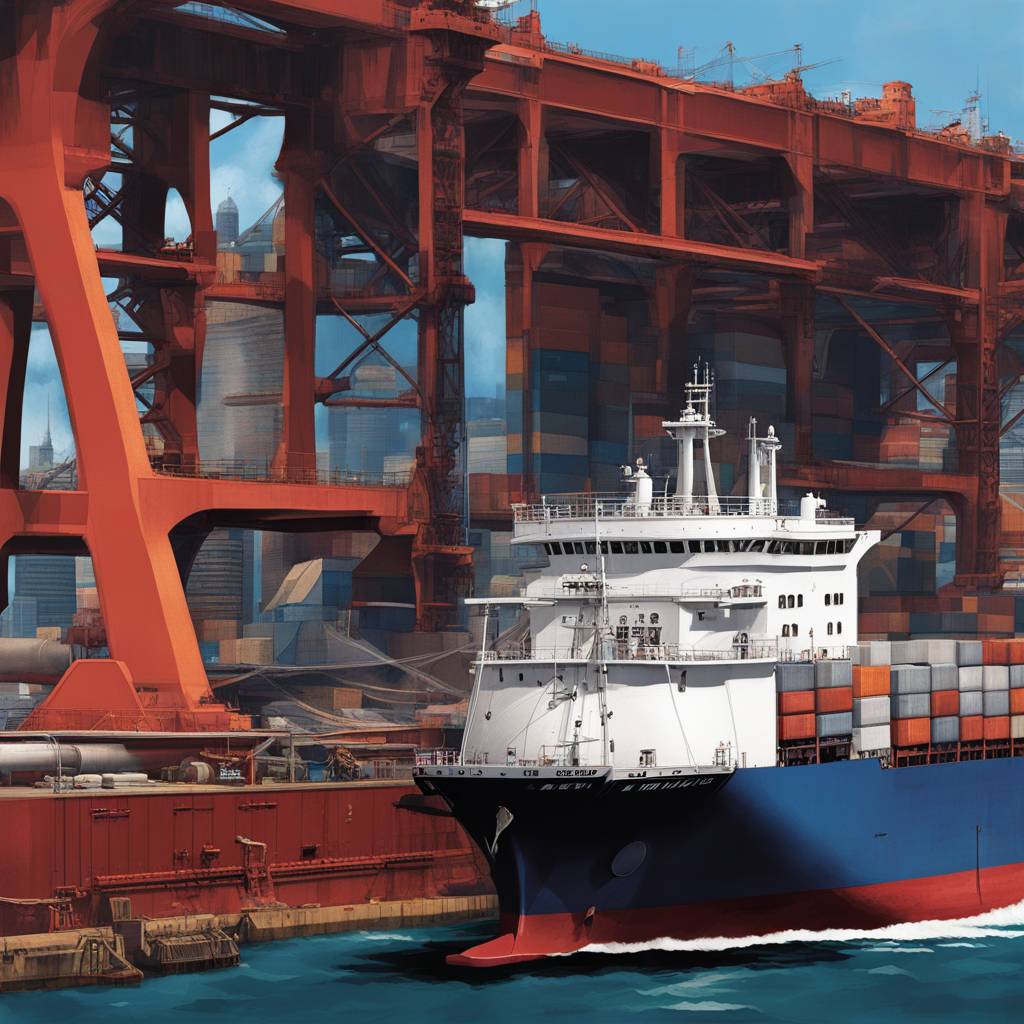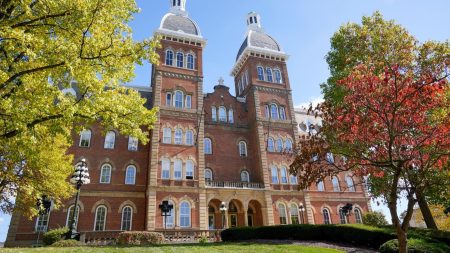The investigation into the cargo ship that lost power and crashed into a bridge in Baltimore revealed that routine engine maintenance had been conducted prior to the incident. Divers recovered the bodies of two workers who were part of a construction crew fixing potholes on the bridge, while others were presumed dead. The victims were from Mexico, Guatemala, Honduras, and El Salvador. Search efforts have been exhausted, and authorities believe the other vehicles with victims inside are encased in superstructures and concrete from the collapsed bridge. The U.S. Coast Guard informed that the ship was undergoing maintenance but were not aware of any problems with the vessel’s engine beforehand.
The disaster in Baltimore led to the closure of a major transportation link and the port, impacting the city’s shipping industry. The National Transportation Safety Board, along with federal and state officials, are investigating the cause of the accident, which is believed to be an accident. The ship was carrying hazardous materials, and the NTSB is reviewing the voyage data recorder to build a timeline of events leading to the crash. The ship’s crew issued a mayday call after losing power and steering, and at least two workers were rescued from the water. Divers faced dangerous conditions while searching for missing workers trapped in debris and mangled metal.
Videos showed the ship moving towards the bridge at around 9 mph, causing it to break and fall into the water. The crash prompted a last-minute warning from the ship, allowing police to stop traffic shortly before impact. Concerns have been raised about the ship’s past, as it was under the control of local pilots at the time of the collision. The sudden loss of the bridge, which carries 30,000 vehicles a day, and the disruption of the port will impact dockworkers, commuters, and U.S. consumers due to potential shipping delays. The Port of Baltimore plays a vital role in importing vehicles, coal, and farm equipment into the U.S.
Authorities in Singapore, where the ship is registered, have pledged their support and will conduct their investigation. The investigation in Baltimore may take up to 24 months, with urgent safety recommendations possibly being issued sooner. The White House, led by Transportation Secretary Pete Buttigieg, is focused on reopening the port and rebuilding the bridge, although a timeline has not been provided. The original bridge took five years to construct, and efforts to remove the wreckage with the help of barges are underway. The NTSB aims to release a preliminary report within two to four weeks, as they work towards understanding the tragic event and preventing similar incidents in the future.
The World Association for Waterborne Transport Infrastructure highlighted that major bridge collapses due to ship or barge collisions have occurred globally. The incident in Baltimore serves as a reminder of the potential dangers associated with maritime transportation and the importance of proper maintenance and safety protocols. The impact of the crash stretches beyond infrastructure damage, affecting the lives of workers and commuters, as well as the flow of goods and services through the port. The investigation will shed light on the circumstances surrounding the incident, with a focus on preventing future tragedies and ensuring the safety of maritime operations.













